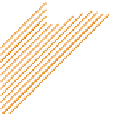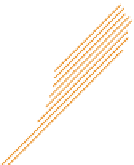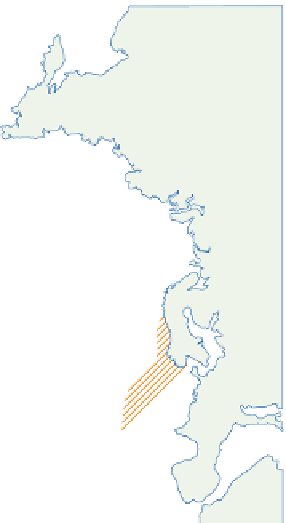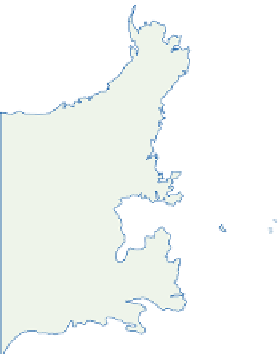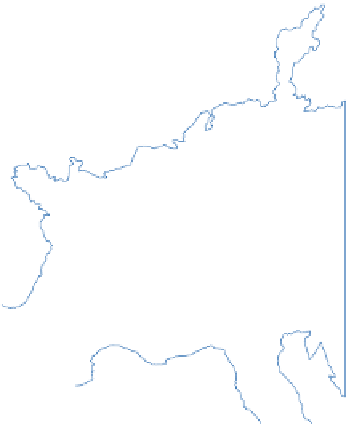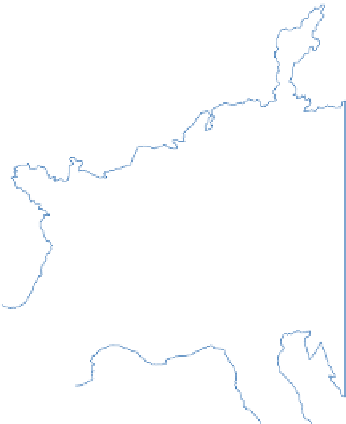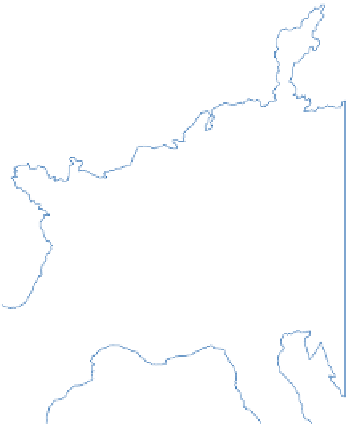Geoscience Reference
In-Depth Information
(A)
(B)
60°
0
50
km
%
H
160
COLD
140
120
100
80
WARM
60
40
Figure 4.21
The drought of northwest Europe during May 1975 to August 1976. A: Conditions of a blocking high
pressure over Britain, jet stream bifurcation and low sea-surface temperatures; B: Rainfall over Western Europe
between May 1975 and August 1976 expressed as a percentage of a 30-year average.
Source: From Doornkamp et al.(1980). Courtesy of the Institute of British Geographers.
of precipitation. Other major droughts in England
and Wales (1800-2006) occurred during spring
1990 to summer 1992 and spring 1995 to summer
1997. Rainfall for April to August 1995 over
England and Wales was only 46 percent of average
(compared with 47 percent in 1976), again associ-
ated with a northward extension of the Azores
anticyclone. This deficit has an estimated return
period in excess of 200 years! A further drought
was experienced in 2004-2006 and this was
especially severe in southern England. However,
these droughts do not compare in length with the
droughts of 1854-1860 and 1890-1910.
Persistent, severe droughts involve combina-
tions of several mechanisms. The prolonged
drought in the Sahel - a 3000 by 700km zone
stretching along the southern edge of the Sahara
from Mauretania to Chad - which began in 1969
and has continued with interruptions up to the
present (see
Figure 13.11
), has been attributed to
several factors. These include an expansion of
the circumpolar westerly vortex, shifting of the
subtropical high pressure belt towards the equator,
and lower sea-surface temperatures in the eastern
North Atlantic. There is no evidence that the
subtropical high pressure was further south, but
dry easterly airflow was stronger across Africa
during drought years. Severe drought occurred in
1983-1984. In September 1984, for example, 69
percent of the Sahel (10-20
E)
experienced drought and 18/20 ranked months of
spatial drought extent were reported in the 1980s.
The 1988 drought in the central United States
is ranked first (1950-2000) in terms of summer
drought extent and is estimated to have caused
losses to agriculture of $30 billion. The causes of
its development and longevity are attributed to
stationary anomalies of atmospheric circulation,
sea-surface temperature anomalies, and soil
moisture-precipitation feedbacks.
°
N, 20
°
W-20
°










































